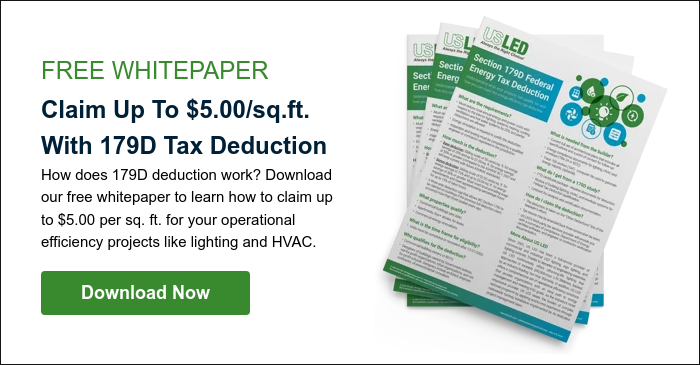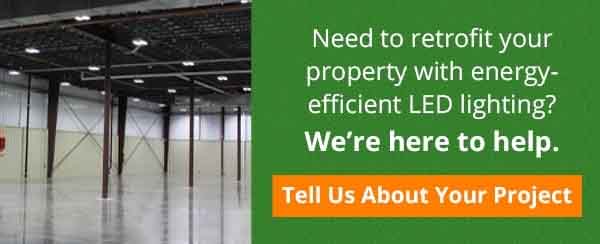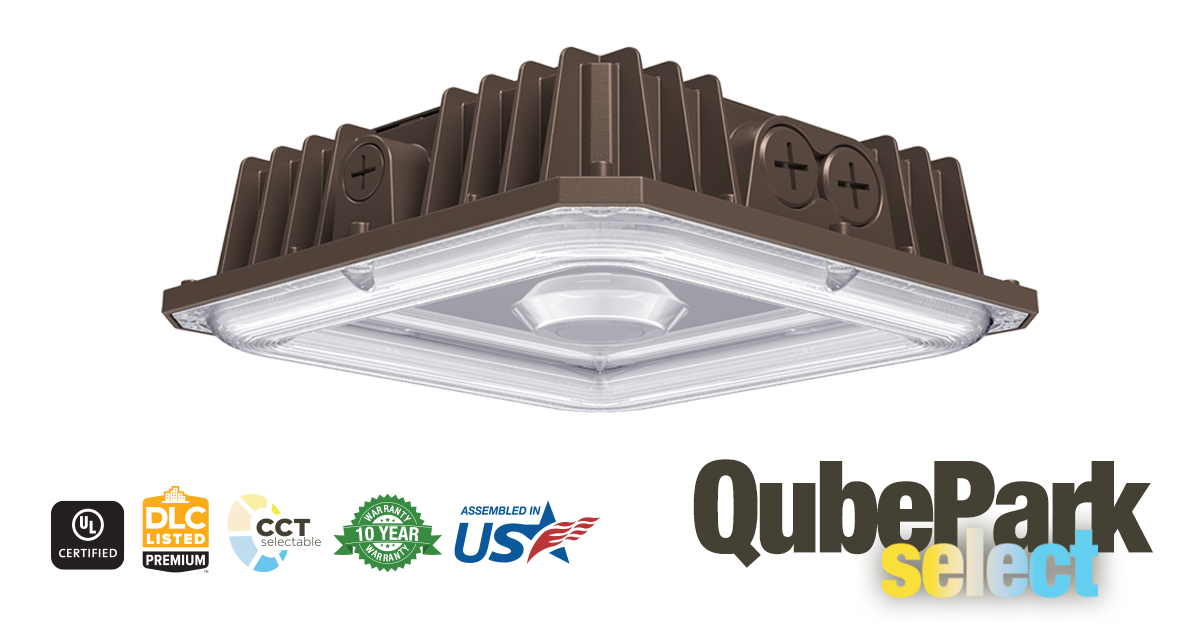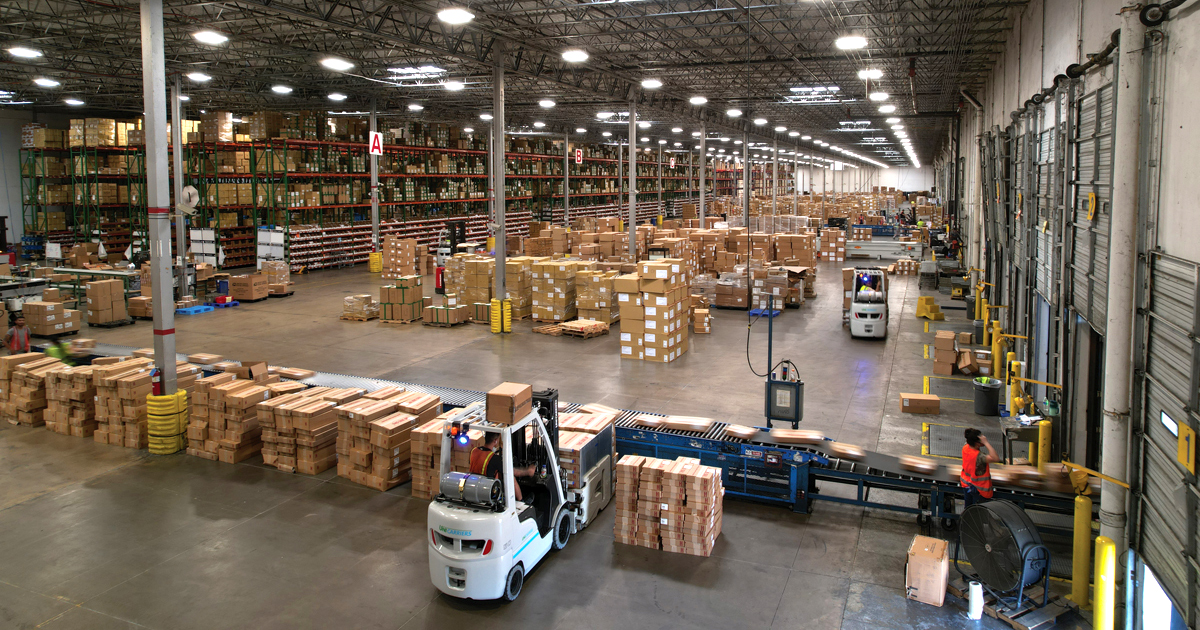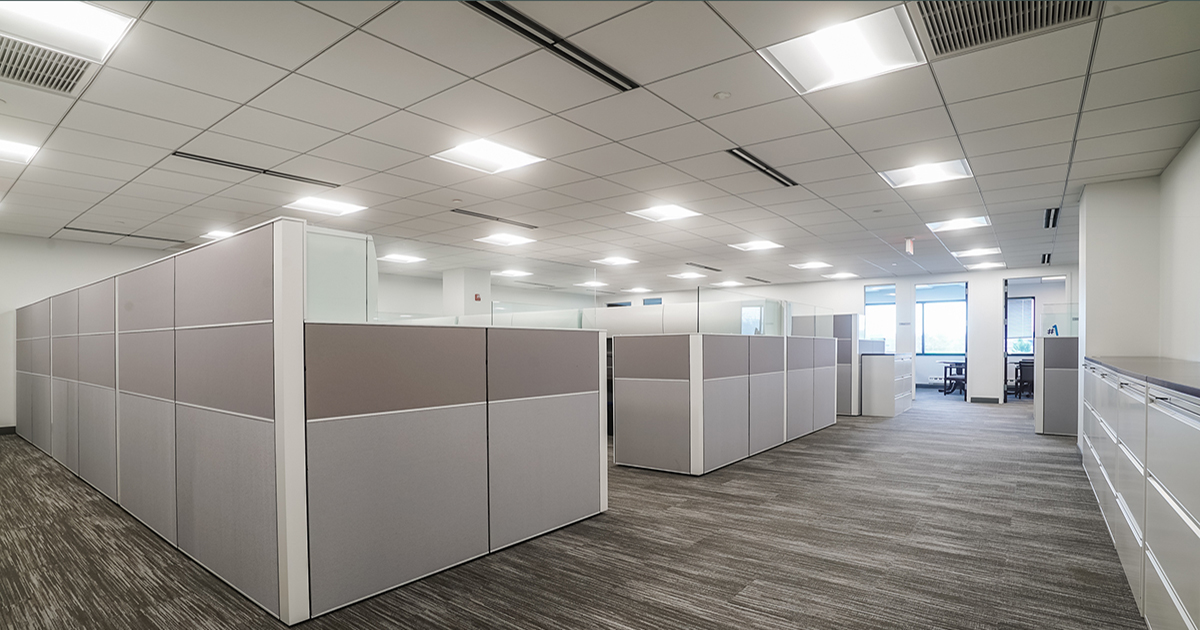
With the Inflation Reduction Act (IRA) signed into law, it aims to make historical climate and clean energy investments that could cut U.S. greenhouse gas (GHG) emissions up to 43% by 2030. Because buildings are one of the largest sources of GHG emissions, increasing energy efficiency projects and accelerating building performance has become more urgent. The IRA includes more than $200 billion in tax incentives designed to do just that and will impact the real estate and construction industry. Those businesses and REITs looking to capitalize on these benefits can further align with environmental, social, and governance (ESG)-focused business strategies.
Section 179D Energy Efficient Commercial Buildings Tax Deduction
The 179D commercial buildings energy efficiency tax deduction primarily enables building owners to claim a tax deduction for installing qualifying systems in facilities associated with energy-efficiency improvements, including interior lighting systems and HVAC. The recent IRA dramatically increases this deduction, making it impactful for architecture, engineering, and construction (AEC) industries and commercial building owners. It also extended eligibility for Real Estate Investment Trusts (REITs) and tax-exempt entities, including non-profits, hospitals, schools, and tribal properties. Those nontaxable entities pass the deduction on to the primary designers of the properties, including engineers, architects, contractors, energy services providers, and environmental consultants.
What Are The Current IRC 179D Requirements and deductions?
-
To qualify, newly constructed or retrofitted buildings must have system improvements that reduce energy, such as interior lighting (not exterior), building envelope (roof/windows), HVAC, and hot water systems.
-
Efficient systems must reduce energy costs by 50% or more compared to the ASHRAE Standard 90.1 requirements.
-
Eligible building owners and designers of government buildings can deduct up to $1.80 per square foot.
What Is The IRA Changing Under IRC Section 179D?
The IRA modifies and expands the Energy Efficient Commercial Buildings Deduction under IRC Section 179D starting January 1, 2023, with the following changes:
-
The required amount of increased efficiency a building must achieve to qualify for the deduction is reduced from 50% to 25%.
-
The energy efficiency standard was updated to adhere to ASHRAE 90.1-2007 and will keep current with future ASHRAE standards.
-
Energy reduction will be based on a whole-building analysis rather than equipment- or system-specific improvements (eliminating partial allowance provision per system).
-
The base amount of the deduction is 50 cents per square foot, and the deduction is increased by 2 cents for each percentage point in energy efficiency, up to $1 per square foot. A bonus deduction of $2.50 per square foot (base credit multiplied by five) is available if prevailing wage and apprenticeship requirements for laborers and mechanics employed by the taxpayer or contractors associated with the installation are met. The deduction also can be increased by 10 cents for each percentage point increase in energy efficiency, up to $5 per square foot.
-
Real estate investment trusts can apply 179D deductions against earnings and profits.
IRC Section 179D Comparison Table
|
PROVISION |
NEW IRC SECTION 179D EFFECTIVE FROM JAN. 1, 2023 |
PREVIOUS IRC SECTION 179D EFFECTIVE FROM JAN. 1, 2006 TO DEC. 31, 2022 |
| Eligibility |
|
|
| Tax Deduction Range |
|
|
| Deduction Cap |
|
|
| Technical Requirements |
|
|
Who Can Complete A 179D Claim? How Does A 179D Deduction Claim Work?
A taxpayer cannot prepare the 179D claim on their own and must have a licensed engineer complete a third-party certification to validate the savings claimed on behalf of the owner. In addition, as part of the IRA, the IRS will gain an additional $80 billion of funding, with much of that going toward enforcing compliance amid the changing tax code. Therefore, it is highly recommended that organizations work with a qualified engineering firm and specialty tax professional to complete a Section 179D study and how it applies.
To file an IRC Section 179D claim, the IRS requires:
-
Inspection, verification, and certification per Section 179D of the Internal Revenue Code by an engineer or contractor licensed in the state where the building is located and not related to the taxpayer.
-
Energy modeling with Department of Energy-approved software.
-
Allocation letter (public buildings only).
Update: IRS Announcement 2023-1
The IRS published Announcement 2023-1 on December 23, 2022, to identify the existing reference standard, affirm a new reference standard, and clarify when the two reference standards will apply to energy-efficient commercial buildings (EECB).
Taxpayers who own or lease commercial buildings in the United States may be allowed a 179D deduction equal to a portion of the cost of EECB property that the taxpayer places in service during the taxable year. Property with respect to which depreciation or amortization in lieu of depreciation is allowable is EECB property if it is certified to be installed to provide efficiency upgrades to one or more of three of the building's systems:
-
Interior Lighting Systems
-
Heating, Cooling, Ventilation, and Hot Water Systems
-
The Building's Envelope
For the installation to be considered certified, the property must be certified in the manner and method prescribed by the Secretary of the Treasury or her delegate (Secretary) as being installed as part of a plan designed to reduce the total annual energy and power costs with respect to the interior lighting systems, heating, cooling, ventilation, and hot water systems of the building by 25 percent (50 percent for taxable years beginning before January 1, 2023) or more, in comparison to a reference building that meets the minimum requirements of the applicable reference standard using certain methods of calculation.
The table below reflects the applicable Reference Standard 90.1:
| Date Placed In Service | Applicable Reference Standard 90.1 |
| Before 1/1/2015 | Reference Standard 90.1-2001 |
| After 12/31/2014 and before 1/1/2027* | Reference Standard 90.1-2007 |
| After 12/31/2026* | Reference Standard 90.1-2019 |
* Taxpayers who begin construction before 1/1/2023 may apply Reference Standard 90.1-2007 regardless of when the building is placed in service.
The Treasury Department (Treasury) and the Internal Revenue Service (IRS) plan to publish additional guidance to address IRA amendments to 179D including, but not limited to, procedures for measuring energy use intensity to calculate the alternative deduction for energy efficient building retrofit property.
Looking To The Future
This new legislation is laying the groundwork for more efficiently performing buildings and is a tipping point for energy efficiency projects focused on sustainability. Furthermore, it should result in substantial growth in technologies that generate improved performance, like interior lighting systems, HVAC, and related controls. If your organization is looking to implement new LED lighting systems to capitalize on these tax credits and other utility rebates, the US LED lighting professionals are available to discuss your project or national program rollout with you. Click here to contact the team.
Sources
- https://www.congress.gov/bill/117th-congress/house-bill/5376/text
- https://energyinnovation.org/publication/updated-inflation-reduction-act-modeling-using-the-energy-policy-simulator/
- https://www.epa.gov/ghgemissions/sources-greenhouse-gas-emissions
- https://www.energy.gov/eere/buildings/179d-commercial-buildings-energy-efficiency-tax-deduction
- https://www.irs.gov/pub/irs-utl/irc-179d-energy-efficient.pdf
- https://www.energy.gov/eere/buildings/qualified-software-calculating-commercial-building-tax-deductions
- https://taxfoundation.org/inflation-reduction-act-irs-funding/

